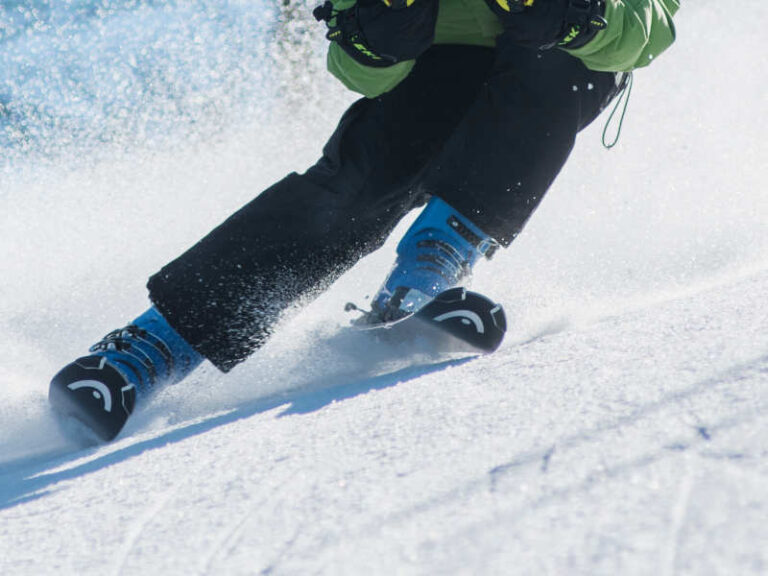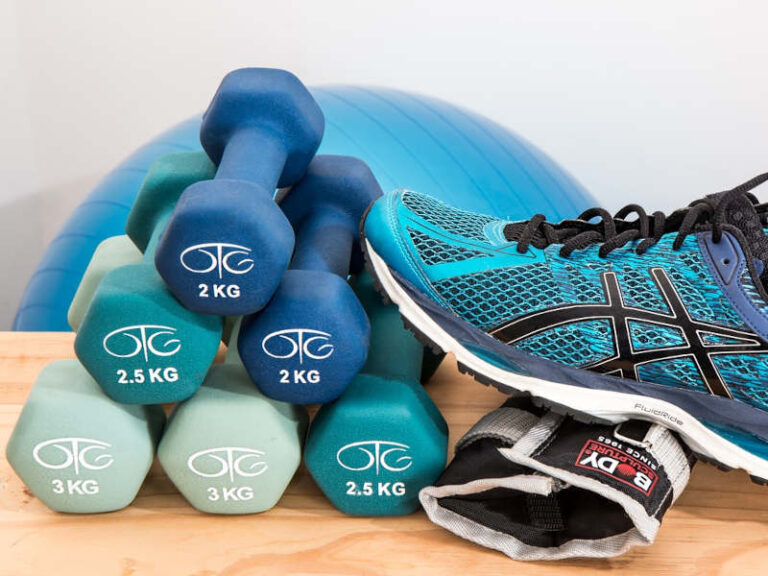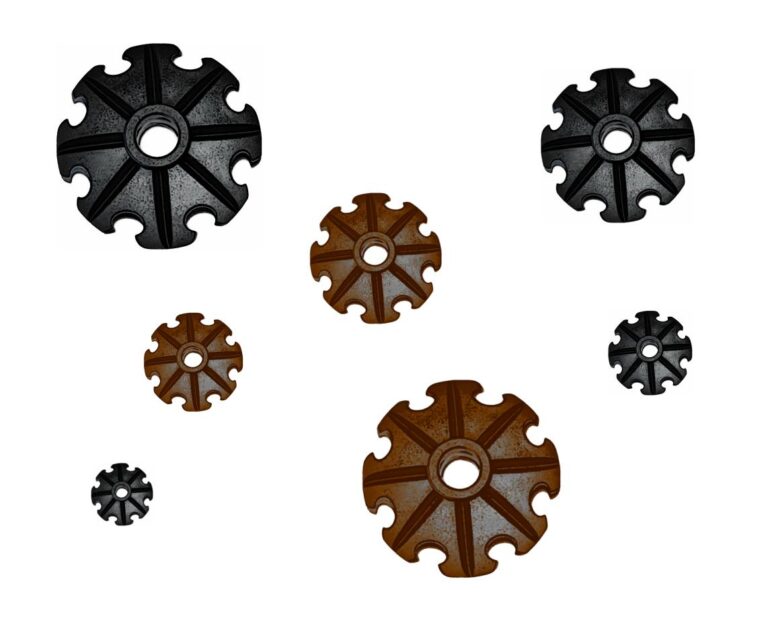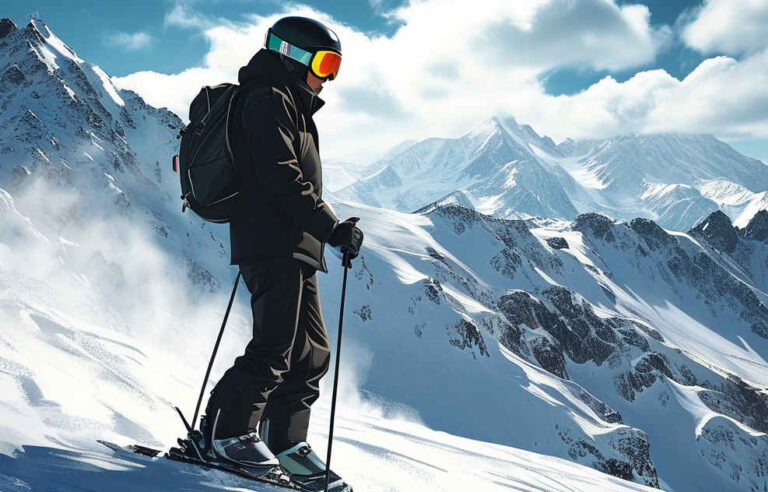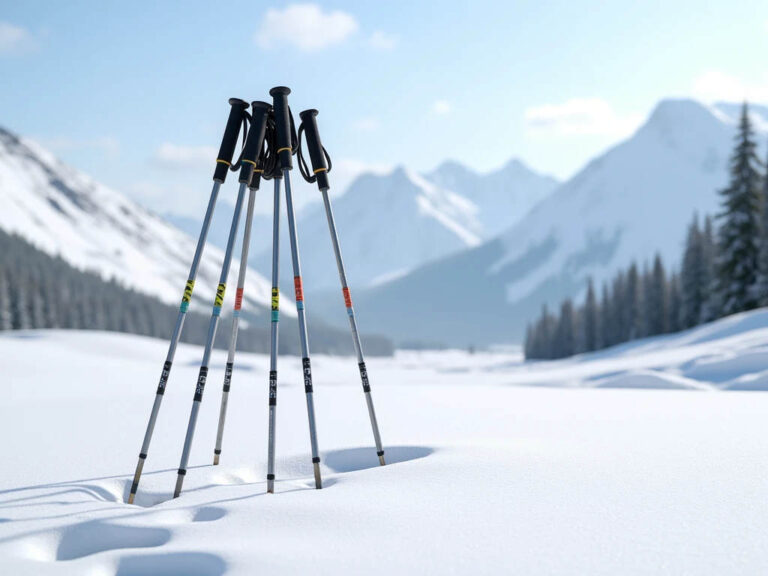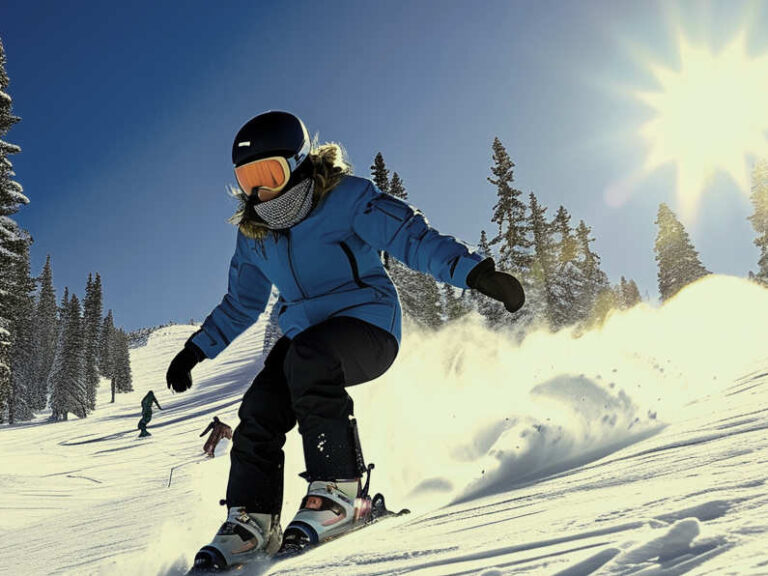Your Questions About Ski Poles Answered
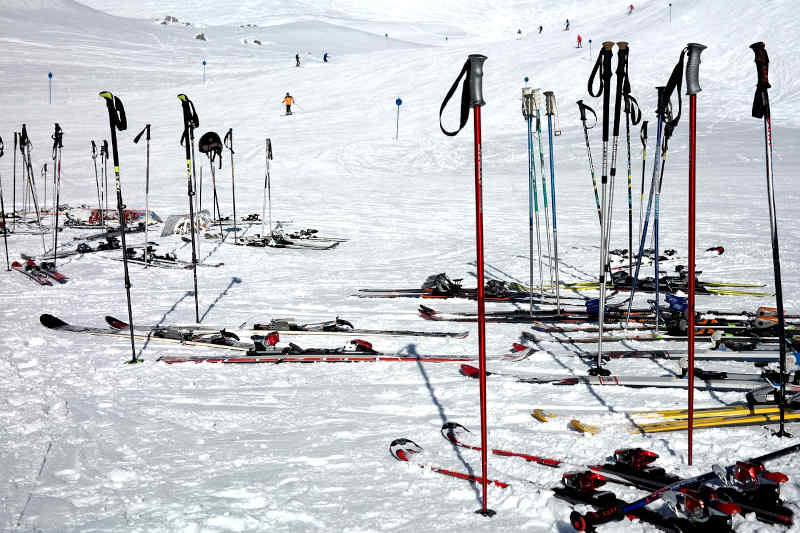
Ski poles are a skier’s trusty companions, yet they often get overlooked in favor of flashier gear like skis and boots. Whether you’re a beginner or a seasoned pro, understanding ski poles can improve your skiing experience. Let’s dive into your most pressing questions about ski poles, from their purpose to how to choose the right pair.
What Do Ski Poles Do?
Ski poles aren’t just for decoration (although some do look pretty snazzy). They provide balance, rhythm, and support. When skiing, poles help you time your turns, push yourself along flat terrain, and maintain stability. On steep slopes or in tricky conditions, they give you an extra point of contact with the snow, improving control.
When Should You Use Ski Poles?
Ski poles are useful in most skiing scenarios, but there are exceptions. They’re indispensable for downhill skiing, cross-country skiing, and lift lines. However, freestyle skiers in terrain parks or powder lovers chasing fresh snow might skip poles to keep their hands free or improve mobility.
Here are examples of when ski poles can be useful:
Maintaining Balance on Slopes
Ski poles provide extra stability, especially on steep or uneven terrain. Whether you’re carving down a black diamond or tackling bumpy moguls, poles help you stay upright and controlled. They also make recovery easier if you lose balance.
Timing Turns
For downhill skiers, ski poles act as a rhythm tool. A well-timed pole plant signals the start of a turn, helping maintain smooth transitions and better control over your skis. This is particularly valuable for beginners learning proper technique or advanced skiers refining their style.
Flat Terrain or Lift Lines
On flat sections of the mountain or in lift lines, ski poles become propulsion tools. Push off with your poles to move forward without needing to awkwardly shuffle your skis. This is especially helpful in cross-country skiing, where poles are a primary source of momentum.
Skiing in Deep Powder
In fresh, deep snow, ski poles help maintain balance and provide a sense of orientation. The larger baskets on powder-specific poles keep them from sinking too deeply into the snow, making them essential for off-piste adventures.
Hiking or Touring Uphill
For backcountry and touring skiers, poles are essential for uphill climbs. Adjustable poles allow skiers to shorten them for steep ascents, providing stability and efficiency when tackling challenging terrain.
How Should Downhill Ski Poles Fit?
Fit is crucial. To check if a downhill ski pole is the right length:
- Flip the pole upside down so the grip is on the ground.
- Hold it just beneath the basket (the circular part near the bottom).
- Your elbow should form a 90-degree angle.
If it’s too long, you’ll struggle to plant it correctly. Too short, and you’ll end up hunched over—bad news for both performance and posture.
How Should Cross Country Ski Poles fit?
A quick way to estimate your cross country pole length is multiply your height in centimeters by 0.83.
For example, if you’re 170 cm tall:
170 × 0.83 = 141 cm
If you don’t have a calculator handy, when the pole is standing upright, the grip should reach somewhere between your armpit and shoulder.
Experienced cross country skiers might opt for slightly longer poles for extra propulsion, while beginners may prefer slightly shorter ones for better control.
Are Ski Poles for Beginners?
Yes! Beginners can benefit greatly from ski poles. They help with balance and can make turns feel more natural.
That said, when trying skiing for the very first time, poles can be cumbersome and awkward. I first started skiing during a time when poles were always used in lessons for first-time skiers and I found it overwhelming. I would have benefited from learning to ski without poles for a time to get familiar with what to do with my legs and feet before worrying about poles.
New skiers should also focus on technique first. If poles become a crutch for poor form, it might be worth setting them aside temporarily.
Why Ski Without Poles?
Skiing without poles can be beneficial in certain situations:
Beginners: Like in my personal example above, new skiers often find poles distracting as they focus on learning essential skills like balance, turning, and stopping. Removing poles lets them concentrate on building confidence and mastering the basics without unnecessary complications.
Freestyle skiers: When hitting jumps, rails, or other features in a terrain park, poles can get in the way. Skiers performing tricks often prefer having their hands free for balance and control, making it easier to land safely and stylishly.
Practicing Turns and Technique: Intermediate or advanced skiers may ditch poles temporarily to refine their form. Without poles, they must rely on proper body alignment and ski positioning, which helps develop better balance and carving techniques.
Playing in Powder as a Beginner: In deep snow, skiers who are new to powder skiing might skip poles initially. This keeps them from relying too heavily on pole plants for balance and encourages smoother weight shifts for natural, fluid movement in the snow.
Should Kids Use Ski Poles?
Kids don’t always need poles, especially when they’re just starting out. As outlined above, learning to balance and control skis comes first. Once they’re comfortable on their skis, poles can be introduced to help with rhythm and turns.
How Are Ski Poles Measured?
Ski poles are measured in centimeters, from the tip to the top of the grip. For those not familiar with centimeters, one inch is equal to 2.54 cm.
Are Ski Poles and Trekking Poles the Same?
Not quite. Trekking poles are designed for hiking and have features like ergonomic grips and shock absorption. Most don’t have a basket at the bottom (a very important feature for skiing)! Ski poles are stronger, lighter, and built to handle the demands of skiing. Mixing them up isn’t recommended—you wouldn’t take your skis on a hike, right?
Where Should You Hold Ski Poles?
Always grip the pole handle firmly, placing your thumb on top and your fingers wrapped around. Use the straps, threading your hand through, then grip the handle. This gives you more control and prevents losing your poles during a fall.
Be aware that gripping firmly doesn’t mean squeezing hard. Squeezing hard wastes energy and will tire out your hands. Except for certain situations where you need extra power from your poles, refrain from squeezing harder than necessary.
Is It Better to Have Longer or Shorter Ski Poles?
The ideal length depends on your skiing style. For downhill skiing, shorter poles improve agility. For cross-country skiing, longer poles are better for efficient movement. At first, stick to the 90-degree elbow rule as your baseline for downhill skiing, and for cross country to multiply your height in centimeters by 0.83. After improving your skills you may want to tweak the height of your poles to give you better performance.
Are Fixed Poles Better Than Adjustable Ones?
Fixed poles are lighter and sturdier, making them the go-to for adult downhill skiing. Adjustable poles are versatile, allowing length changes for different activities like backcountry skiing. Choose based on your primary skiing style.
For children, however, adjustable poles are very convenient. As they grow, simply lengthen the height of the pole.
Can You Shorten Ski Poles?
If you’ve inherited poles that are too long, shortening them is possible. Many shops can trim and reattach the grip for you. Adjustable poles can also be shortened on the fly.
Why Are Some Ski Poles Bent or Curved?
Curved poles are designed for aerodynamics, particularly in competitive racing. The bend reduces drag, helping racers maintain speed. Curved ski poles align more closely with the natural contour of a skier’s body during a tuck position which is crucial for shaving off those precious milliseconds in high-speed events.
For recreational skiers, straight poles work perfectly fine—unless you’re planning on breaking records!
Do I Need Ski Poles for Snowboarding?
Nope! Snowboarders don’t use poles.
How Much do Ski Poles Cost?
They range from $20 for basic poles to over $200 for high-performance models.
What are Ski Pole Clips?
Ski pole clips are small accessories designed to connect your ski poles together, keeping them organized and easy to carry. Most ski pole clips are made of durable plastic and have a snap mechanism or sliding fit. They attach around the shafts of the poles, often near the grips or baskets, depending on the design. They serve several practical purposes:
Convenient Transport: Clipping your poles together prevents them from flopping around separately, making them easier to handle when you’re walking to the slopes, storing them, or loading them into a car.
Reduced Risk of Loss: By keeping your poles connected, there’s less chance of losing one. This is particularly useful in busy ski areas where equipment can get misplaced or accidentally picked up by someone else.
Even more convenient are new innovative ski poles which have magnets in the grips. Keeping them together is as simple as putting them close to each other and the magnets do the rest. No fumbling with clips.
Other Tips and Advice
- Choose the right material: Aluminum poles are durable and affordable, while carbon fiber poles are lighter and absorb vibrations better.
- Mind the basket size: Larger baskets are ideal for powder skiing, while smaller baskets work best on groomed trails.
- Check the grip comfort: Test a few to see what feels best in your hands.
Summary
Ski poles might seem like a minor part of your gear, but they play a big role in your skiing experience. From helping with balance and turns to supporting you on flat terrain, they’re an essential tool. Beginners can use poles to build confidence, while advanced skiers rely on them for precision and rhythm. Fit, material, and style all matter, so take the time to find poles that suit your needs.
Remember, poles are there to enhance your skiing—not hold you back. Whether you’re racing down steep slopes or learning your first turns, a good pair of poles can make all the difference.

by: Cory Willins
Cory is a dynamic and passionate content writer, specializing in sports-related topics. With over a decade of experience in the field, Cory has established… read more

